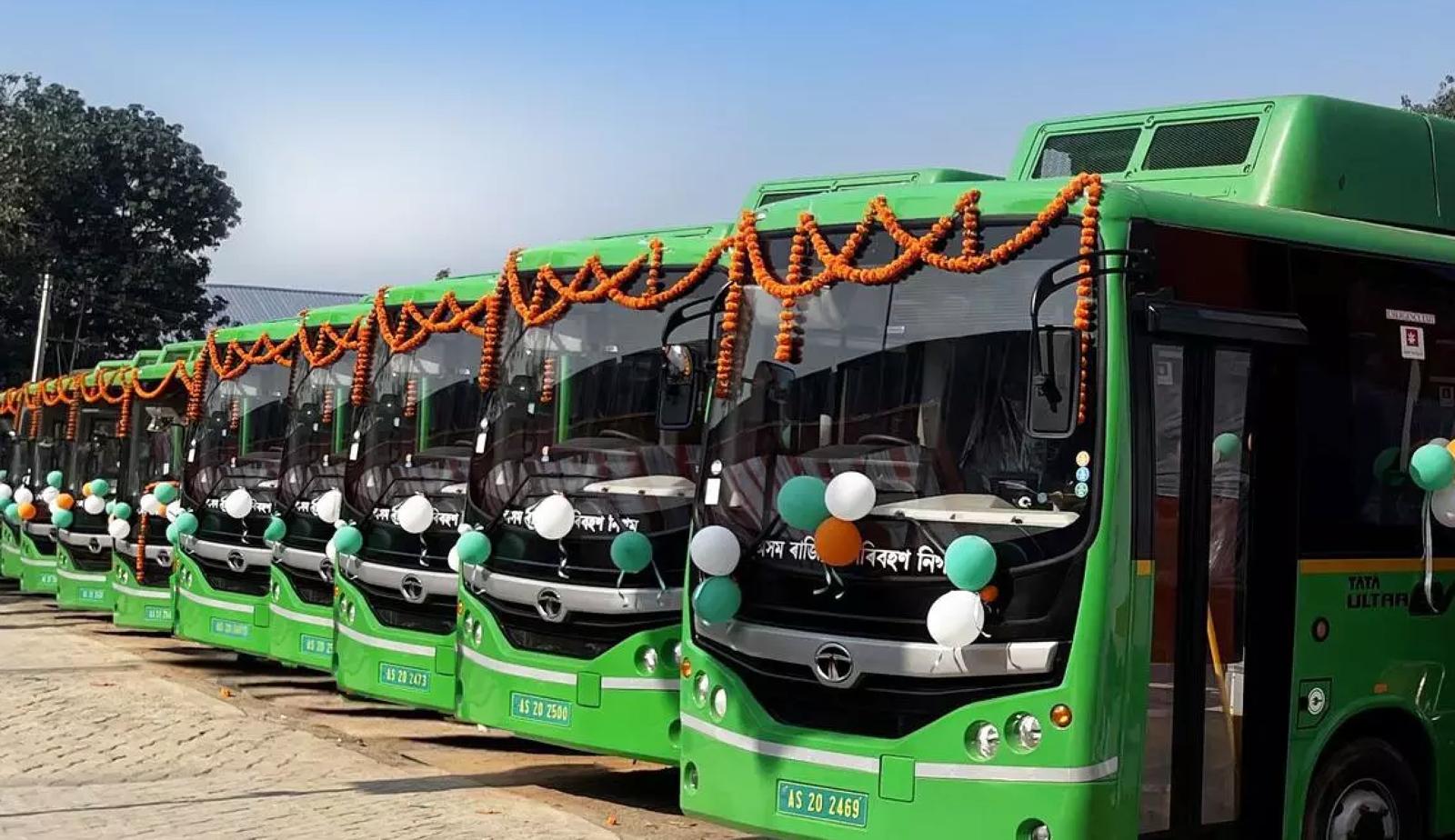India's electric bus sector is racing into the future based on charging infrastructure growth on aggressive terms and government aspirations. As of April 2025, India has over 26,000 public charging stations, an unprecedented boost from just 12,000 in 2023, with Karnataka, Maharashtra, and Delhi being among the leading states. The growth is crucial as the government aims to deploy 100,000 electric buses on roads by 2030 and have 60% of urban commutes by public transport.
There is nevertheless strong policy support in the shape of FAME II and PM E-Bus Sewa. There are still issues. Most FAME-subsidised charging stations are held on state-owned depots, making it hard for private bus operators—commanding 90% of intercity buses—to avail themselves of low-cost land and grid capacity for charging. The Gross Cost Contract (GCC) option of preference lowers upfront expenditures for state transport units but does little to solve infrastructure gaps for private fleets.
Maharashtra and Andhra Pradesh success stories demonstrate that cooperation between power companies and local authorities is the main driver for effective depot electrification and cost control. The next giant step will involve shared public charging, smart grid integration, and ongoing investment to provide reliable, scalable charging for all operators.
With these developments, electric buses will revolutionize India's urban transport, reducing emissions and updating public transport for millions.
Source: LinkedIn, Sustainable Bus, ElectricDrives, ICCT

